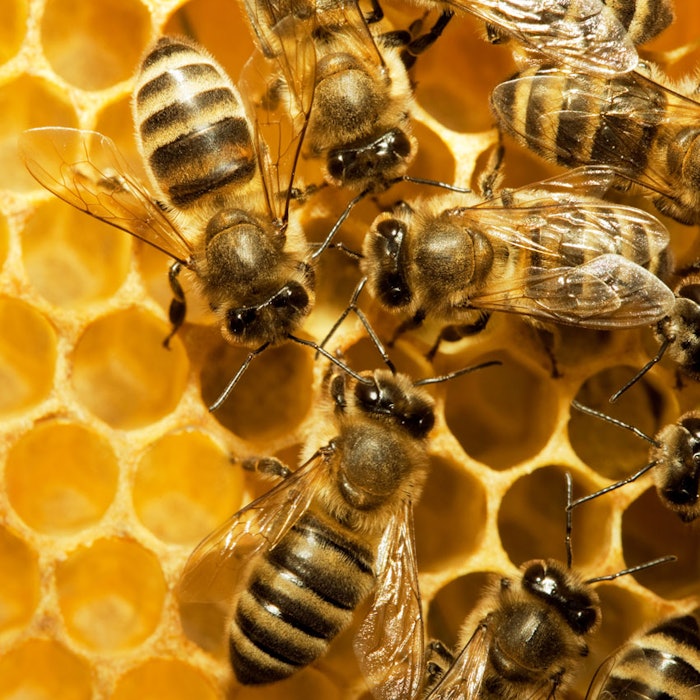
Venom from the Western honey bee, Apis mellifera, has been used for decades to treat various ailments. For example, it is used to protect and nourish the lips. In skin care, it has been reported to "trick the skin" by mimicking stinging mechanisms, to increase circulation and collagen production. It's also been used to alleviate signs of facial aging.
However, according to a thesis abstract from the University of Strathclyde, scientific evidence to justify these therapeutic claims has been incomplete; until now. The new study investigated the potential of bee venom (BV) as a source of cosmetic and immune-modulating agents for anti-aging applications and as a vaccine adjuvant, respectively.
BV fractions were assayed for antimicrobial and cytotoxic activities. Immunomodulatory effects as well as the aqueous stability of the venom and its susceptibility to protease action also were assessed.
Of the four BV fractions, results from the largest, containing melittin, suggest a formulation containing 3.2–37.2 ppm content of melittin in commercial creams would be safe for skin application, based on IC50 values in human cells. The immunomodulatory effects observed in U937 cells also highlighted the potential of BV as a possible source for vaccine adjuvants.
While additional results were not disclosed in the abstract, it seems safe to say the buzzing bees we've come to fear might not "bee" so bad, after all.










